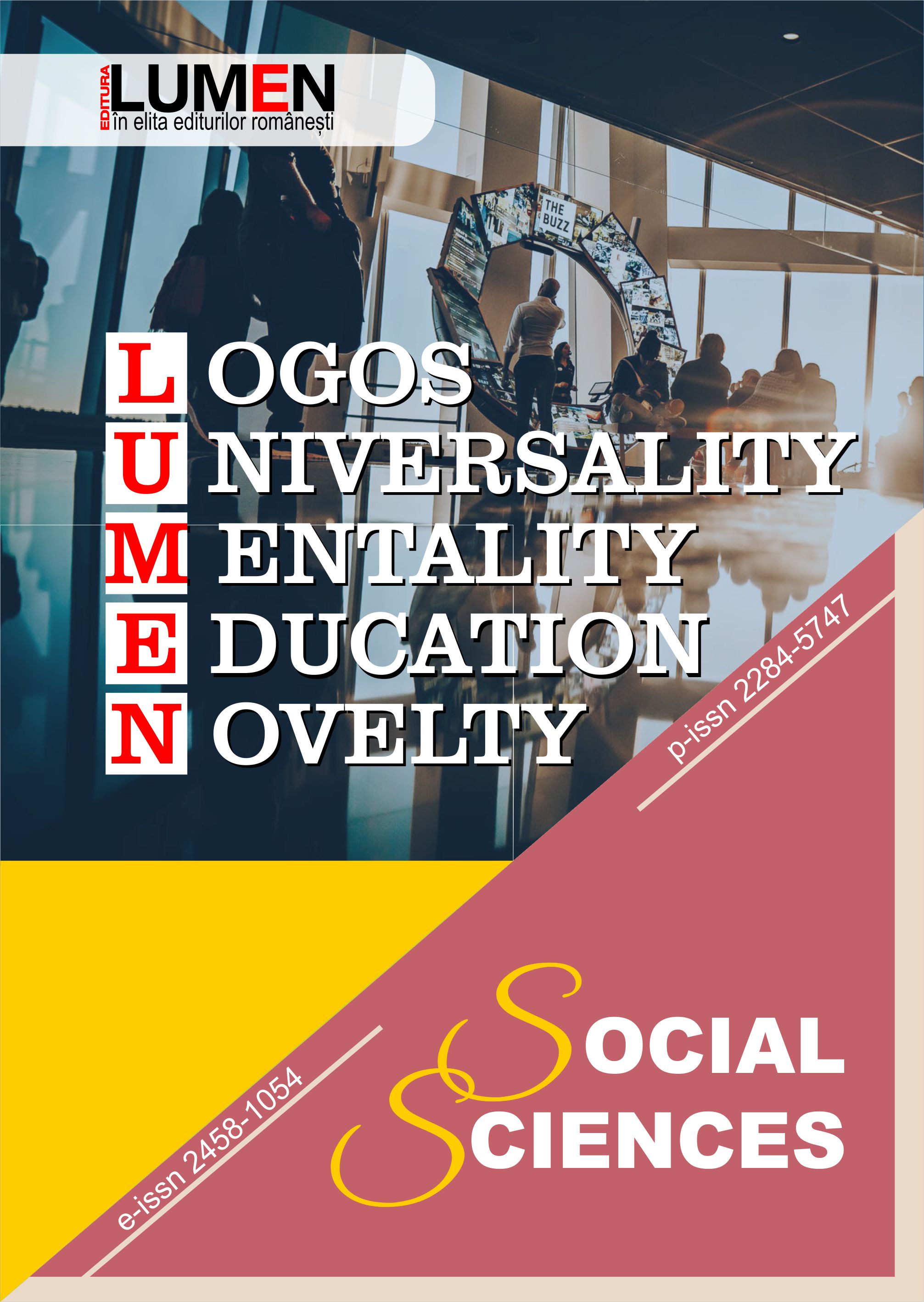Critical Thinking as Dynamic Shield against Media Deception. Exploring Connections between the Analytical Mind and Detecting Disinformation Techniques and Logical Fallacies in Journalistic Production
Critical Thinking as Dynamic Shield against Media Deception. Exploring Connections between the Analytical Mind and Detecting Disinformation Techniques and Logical Fallacies in Journalistic Production
Author(s): Oana OlariuSubject(s): Politics / Political Sciences, Media studies, Politics and communication, Theory of Communication
Published by: Editura Lumen, Asociatia Lumen
Keywords: critical thinking; media bias; manipulation detection; logical fallacies; disinformation techniques; media literacy;
Summary/Abstract: As research on fake news and deepfakes advanced, a growing consensus is building towards considering critical and analytical thinking, as well as general or topic specific knowledge, which is related to information literacy, as the main significant or effective factors in curving vulnerability to bogus digital content. However, although the connection might be intuitive, the processes linking critical or analytical thinking to manipulation resistance are still not known and understudied. The present study aims to contribute to filling this gap by exploring how analytically driven conclusions over a media content relate to proper evaluations of its credibility. In order to observe how observations highlighted through critical engagement with a specific content are related with awareness on its manipulative structure, a biased, not fake, journalistic article was first passed through Faircough’s (2013) model of Critical Discourse Analysis, which was adapted for media studies. The same article was then screened for disinformation techniques embedded in its architecture, as well as for logical fallacies incorporated as arguments. Preliminary conclusions show that analytical thinking outcomes are consistent with evaluations based on particular filters for credibility attribution. Furthermore, the two ways derived observations over the same content, partially overlap.
Journal: LOGOS, UNIVERSALITY, MENTALITY, EDUCATION, NOVELTY. Section Social Sciences
- Issue Year: XI/2022
- Issue No: 1
- Page Range: 29-57
- Page Count: 29
- Language: English

